Stories Category: Intensive Care
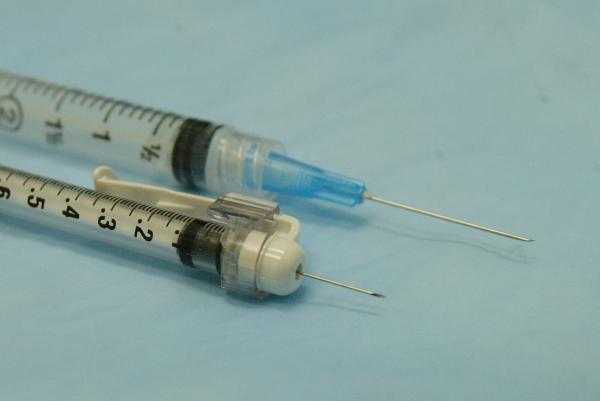
Scientists develop potential new TB vaccine
Researchers are working on a potential new tuberculosis vaccine that would be the first new TB vaccine in a century to combat drug-resistance. The new vaccine uses biobeads to place antigens from the tuberculosis bacterium... read more

The DRONE Ambulance
The drone has been designed by Argodesign, a design company based in Austin, Texas. It is modelled after a standard quadcopter, and is driven by GPS, a pilot, or a combination of both. The drone concept does not need a pilot,... read more
Spinraza Cuts Risk of Permanent Ventilation with SMA
Biogen announced new data from the Phase 3 ENDEAR study that showed a statistically significant reduction in the risk of death or permanent ventilation in Spinraza (nusinersen)-treated infants with spinal muscular atrophy... read more

Statins for Primary Prevention
A recent issue of JAMA contains the latest US Preventive Services Task Force (USPSTF) recommendation statement on statins for prevention of cardiovascular disease in adults, along with the accompanying evidence report and... read more
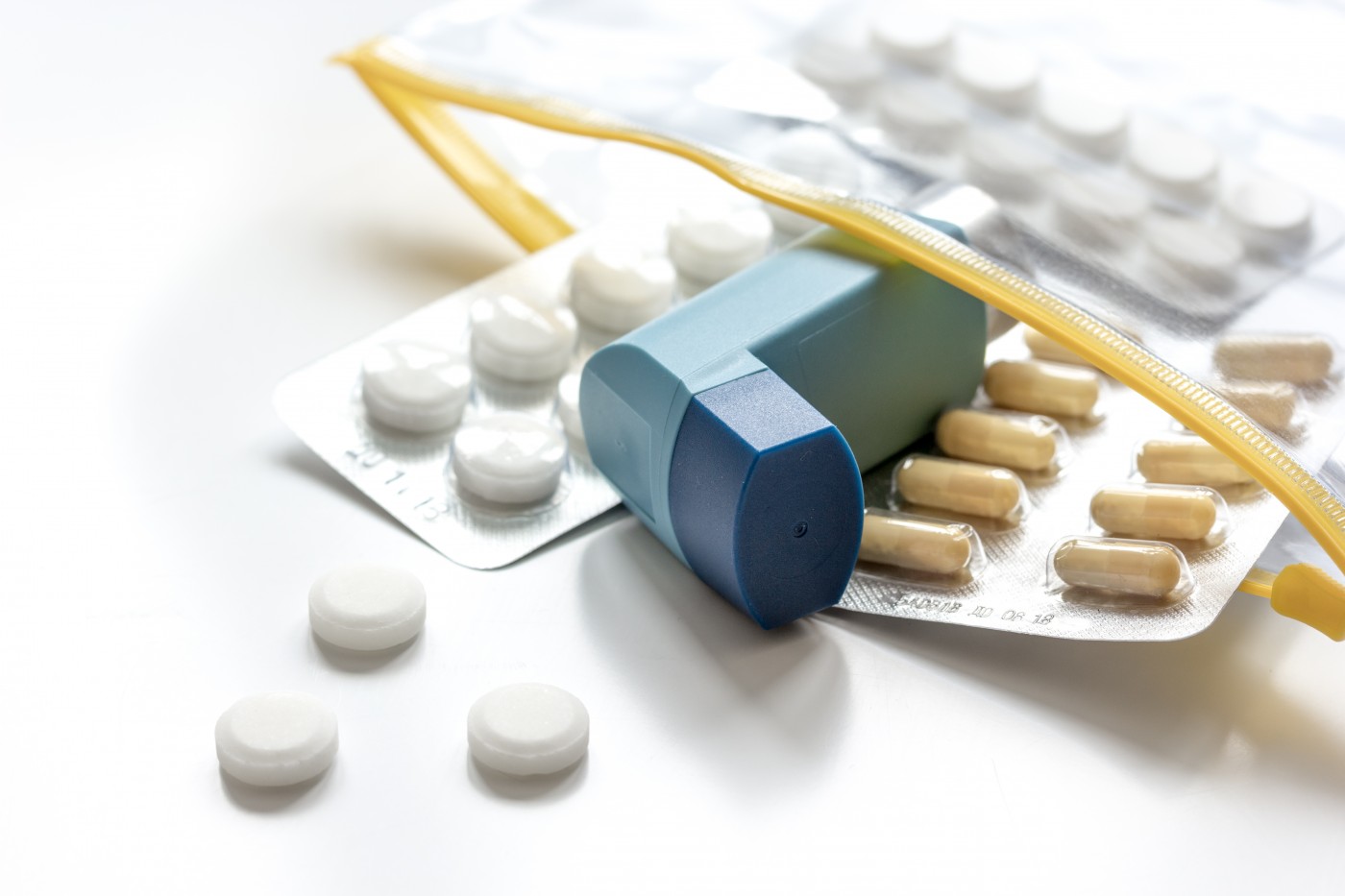
COPD Patients in US Often Skip Medications
People with chronic obstructive pulmonary disease (COPD) often have other chronic conditions, like heart disease, and those who are poor about keeping up with treatments for these comorbidites are also less likely to adhere... read more

Beta-Blockers Linked to Reduced Mortality in HFrEF
Beta-blockers are associated with significantly reduced mortality, but not hospitalizations, in patients with heart failure and reduced ejection fraction (HFrEF) and atrial fibrillation (AF). The researchers found that β-blockers... read more
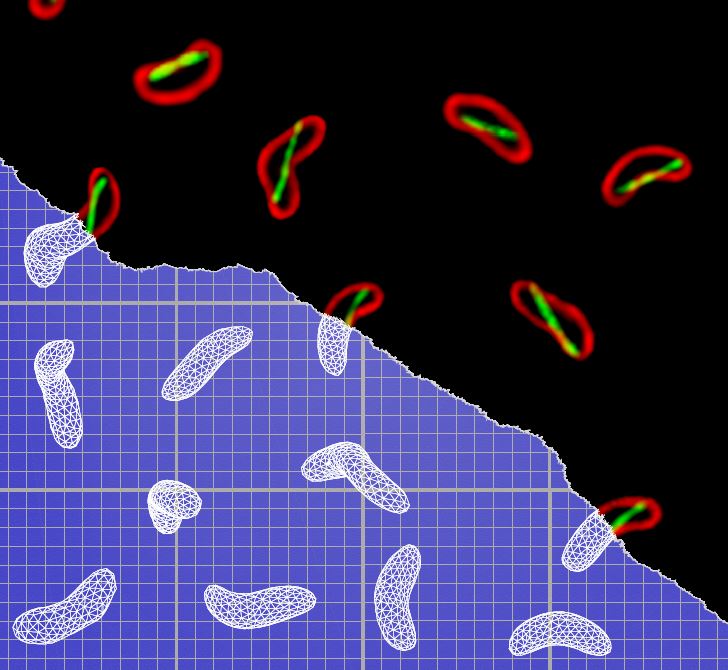
Cholera bacteria infect more effectively with a simple twist of shape
The bacteria that cause the life-threatening disease cholera may initiate infection by coordinating a wave of mass shapeshifting that allows them to more effectively penetrate the intestines of their unwitting victims, according... read more

Germ-zapping robots put to the test to combat hospital-acquired infections
The $2 million effort supported by the NIH's Agency for Healthcare Research and Quality is the first of its kind to study no-touch room disinfection. Michigan researchers will look at the ability of high intensity ultraviolet... read more

GCA independently raises risk for VTE
The risk of venous thromboembolism (VTE) increases markedly shortly before the diagnosis of giant cell arteritis (GCA) regardless of glucocorticoid exposure, peaks at the time of diagnosis, and then progressively declines,... read more

Patients want to be heard loud and clear!
We congratulate ten Hoorn et al. on their systematic review of communication with ICU patients. Their work in defining an algorithm to assist improving communication options for these patients addresses a clear gap in patient-centred... read more

Best Conditions for Legionella Growth
Researchers have identified the optimal conditions for the growth of Legionella which causes a very serious, often deadly, type of pneumonia, Legionnaires' disease. Inspired by a number of large Legionnaires' outbreaks,... read more

Attenuated T-cell Vaccination Helps SLE Patients
Vaccinating systemic lupus erythematosus (SLE) patients with attenuated T-cells improved their symptoms, according to results of a small controlled trial. T-cells are immune cells that play a key role in lupus.... read more
FDA Recommendation: Reduce Max Storage Limit of RBCs
A group of researchers are asking the Food and Drug Administration (FDA) to reduce maximum storage limit for red blood cells from 6 weeks to 5 weeks, as long as there are sufficient blood supplies available. The researchers... read more
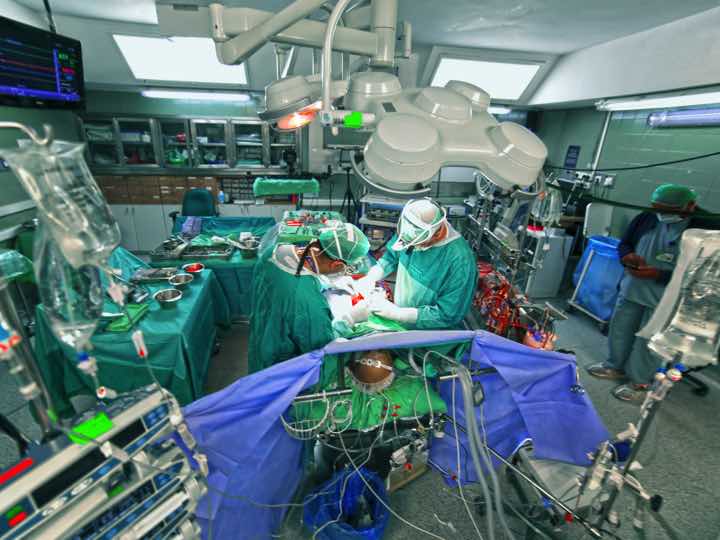
ACC Releases Afib Treatment Interruption Guidelines
Revised recommendations released today by the American College of Cardiology are designed to help clinicians determine if, and for how long, Afib patients on anticoagulants should be taken off the medications before scheduled... read more
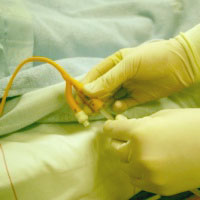
Catheter safeguards at hospitals reduce infections and save money
U.S. hospitals are reducing bloodstream infections related to catheters by implementing rigorous safeguards that also save millions of healthcare dollars each year, according to research led by Cedars-Sinai.... read more

Recognize Sepsis as Separate Cause of Illness and Death
Sepsis should be recognized as a separate cause of illness and death around the world. This focus would help efforts to prevent sepsis by improving hygiene, nutrition and vaccination rates and also lead to timely treatment,... read more
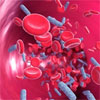
Adrenomedullin: a marker of impaired hemodynamics in cardiogenic shock
Bio-ADM is a valuable prognosticator and marker of impaired hemodynamics in CS patients. High levels of bio-ADM may show shock refractoriness and developing end-organ dysfunction and thus help to guide therapeutic approach... read more








